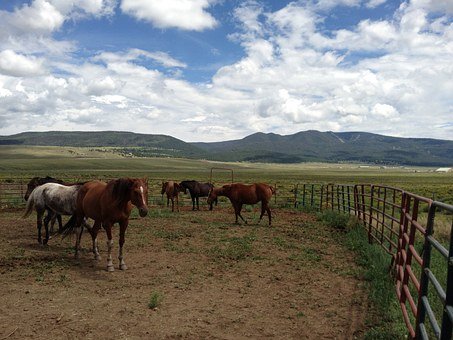How Agricultural Best Practices Benefit the Environment
While the current drought may have you wondering about prices, agriculture has other costs that have skyrocketed in recent years. The environmental impacts of farming are staggering. The U.S. Environmental Protection Agency (EPA) identified it as the leading cause of water pollution in the United States.
Not everything associated with farming is negative. Like other industries, agriculture has a tremendous capacity to adapt. This is evident when you look at several best practices followed by farmers.

Maximizing Profit
Agriculture is no different from other industries. The goal is to turn a profit. Farming manages that by improving output. Better soil management through practices such as organic farming allows crops to be more resistant to droughts. These methods can also help prevent disease because plants are healthier and less stressed.
Agroforestry is another example of best practices that benefit farmers. Basically, it involves integrating trees and/or shrubs with crops. Trees planted on edges of farm fields can cut down soil erosion from wind. In turn, this can help prevent nonpoint source pollution by anchoring the soil in place. Likewise, buffer strips along shorelines can improve filtration from surface run-off.
Pesticide Use
Pesticide use is widespread in the agricultural industry and one of the primary sources of pollution. Pesticide use in the United States topped 1.1 billion pounds. One of the driving forces behind the extensive use is genetically modified (GMO) seedstock. The premise is simple. Plant crops that are resistant to a certain pesticide and then, freely apply the agent without fear of damaging crops.
The problem is that weeds are showing resistance to the pesticides, forcing the need for additional resistance to pesticides. It is a vicious cycle that leads to more contaminants in the environment. Best practices offers a solution.
Integrated pest management minimizes pesticide use by applying it strategically and in the minimal amount needed. Other techniques such as crop rotation provide additional support. By planting different crops, host plants are removed, ridding the land of pests. To further complement it, increased crop diversity can provide a natural means toward sustainability.
Reducing Your Carbon Footprint
Benefiting the environment also must consider the carbon footprint of farming. Meat production is an environmental costly practice. A study by the University of Chicago found that following a diet derives 50 percent of the calories from red meat results in a carbon footprint that is nearly four times that of a diet with 25 percent red meat.
For the agricultural industry, a move toward pasture-fed livestock is more eco-friendly and healthier for both the animals and humans. A study by the USDA and Cornell University found that feeding livestock a grain-based diet fosters the growth of antibiotic-resistant pathogens, specifically, Escherichia coli.
Advances in technology have provide agriculture with the means to mitigate some of the negative environmental impact of farming. As a consumer, you can support these measures by buying organic products and grass-fed beef. It is, after all, consumer demand that determines the direction of business.
Sources:
- Russel, J., et al. Potential effect of cattle diets on the transmission of pathogenic Escherichia coli to humans. Microbes and Infection, 2(1): 45-53.
- The Center for Agroforestry. What is Agroforestry? Retrieved from http://www.centerforagroforestry.org
- U.S. Environmental Protection Agency. Pesticide Market Estimates: Usage. Retrieved from http://www.epa.gov
- Worldwatch Institute. 12 Innovations to Combat Drought, Improve Food Security, and Stabilize Food Prices. Retrieved from http://www.worldwatch.org